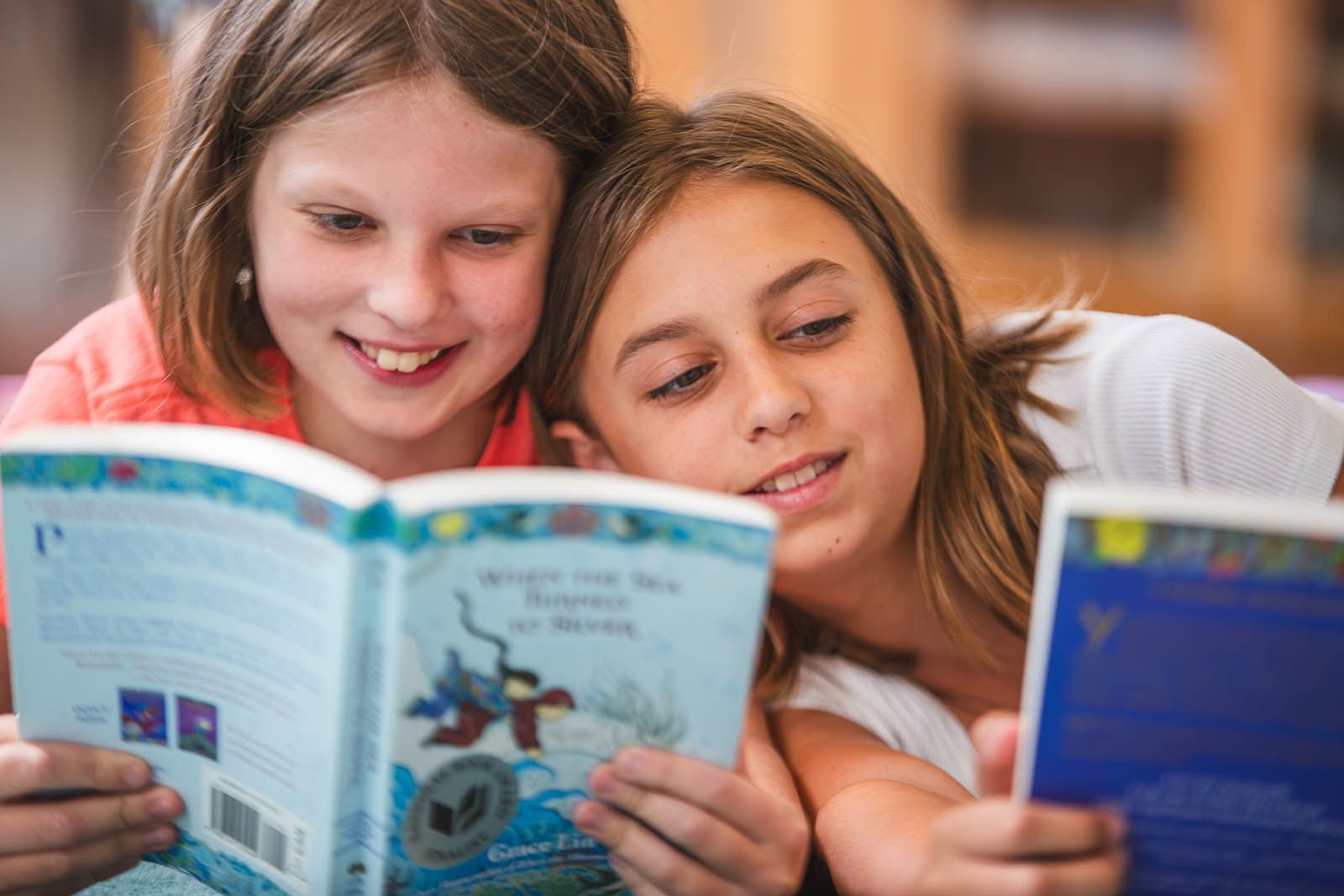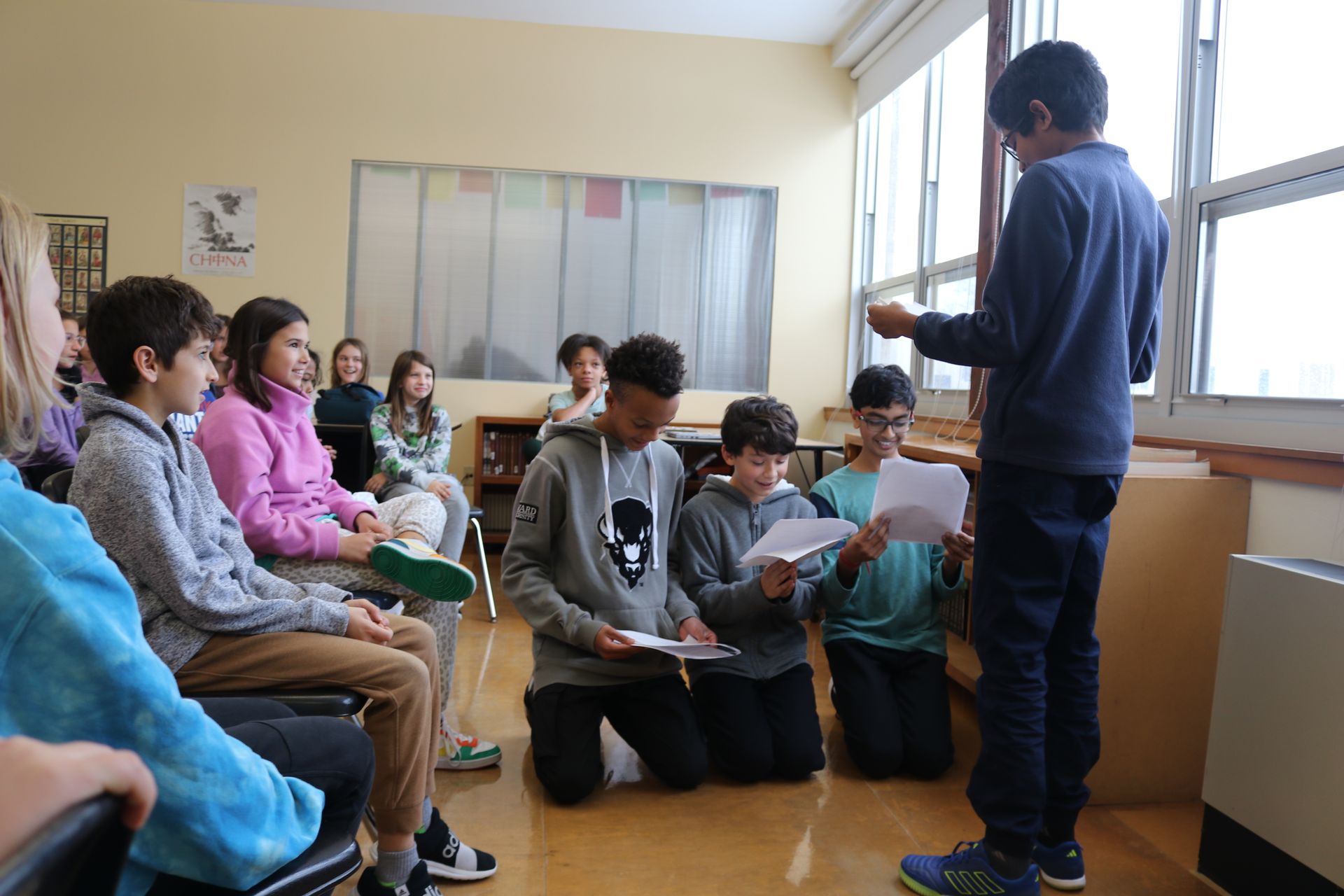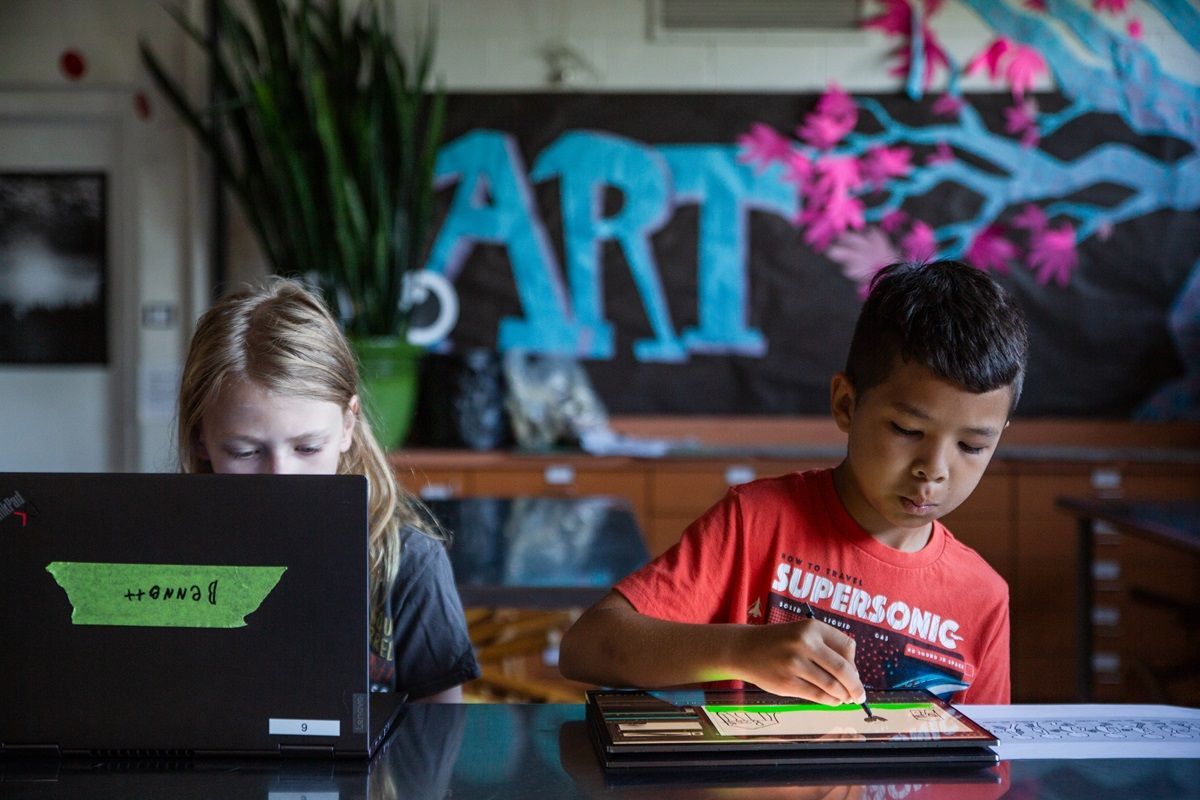By Monica Van Aken
•
April 4, 2025
According to their most recent test scores, every MMS 8th grader will graduate as an advanced reader, well above grade level some at the High School level, others at a college level and yes, a handful are reading as graduate students. This statistic is, to put it mildly, absurdly excellent. But nationally, a different trend is emerging, one of a discouraging decline in reading scores. According to the latest National Assessment of Educational Progress (NEAP), only 30% of 8th graders in the United States read at or above a proficient level. In Wisconsin where scores are continuing to slip, only 31% of 4th and 8th graders are able to meet proficiency standards in reading. So why are middle schoolers across the country struggling with comprehension on standardized tests? A growing body of research points to an overlooked culprit: multisyllabic decoding . Many students can read simple words, but they stumble when faced with complex academic vocabulary. In other words, students can read “photograph” but struggle when confronted with the pronunciation of “photosynthesis.” If decoding skills aren’t automatic, comprehension suffers and it’s a bottleneck that is halting growth for 70% of American students by middle school. But not at MMS. The prevailing thought in most schools is that once students are taught to read, they can read to learn, but we know at MMS that this is fundamentally untrue. In our Children’s House, our 3-6 year old students learn fundamental decoding skills. In Lower Elementary, our students in grades 1-3 learn the Dolch Sight Words: these are the thousand most commonly used words in the English language. We continue to build and reinforce sophisticated decoding skills by asking students to read non-fiction books and complete book reports about them. We also ask parents to read aloud with their children every single night to develop reading fluency and listen as their children decode the ever-more complex words in their non-fiction books. Finally, students in Lower Elementary use a program called Lexia that focuses on decoding skills that will apply through middle school texts. In 4th grade, when many American students seem to hit a wall in their reading progress, MMS students are decoding more complex words using Reading Plus and IXL. These are both reading tools that measure reading speed, decoding capacity, and comprehension. In addition, our students in 4th, 5th, and 6th grade read 27 novels a year, far surpassing the average of public schools that relegate reading to textbooks and short passages. MMS Junior High students read a whopping 53 books per year in both 7th and 8th grade, and our reading list is formidable. Titles include Antigone , Macbeth , The Great Gatsby , and Animal Farm . Large portions of these works are read aloud in class, introducing students to difficult new vocabulary while explaining its pronunciation and meaning. This is the perfect instructional strategy for improving multisyllabic decoding. They continue to work through the entire Reading Plus program until they test out at the 12th-grade level. The result? While the national trend shows students stalling out, MMS students are accelerating. According to the latest NAEP assessments, only 4% of American students read at the advanced level. In contrast, 100% of MMS 8th graders scored in the advanced range on this year’s winter assessments. That’s no accident. We’re using a time-tested program that builds and sharpens the key skills essential for long-term success. Monica Van Aken, Ed.D













